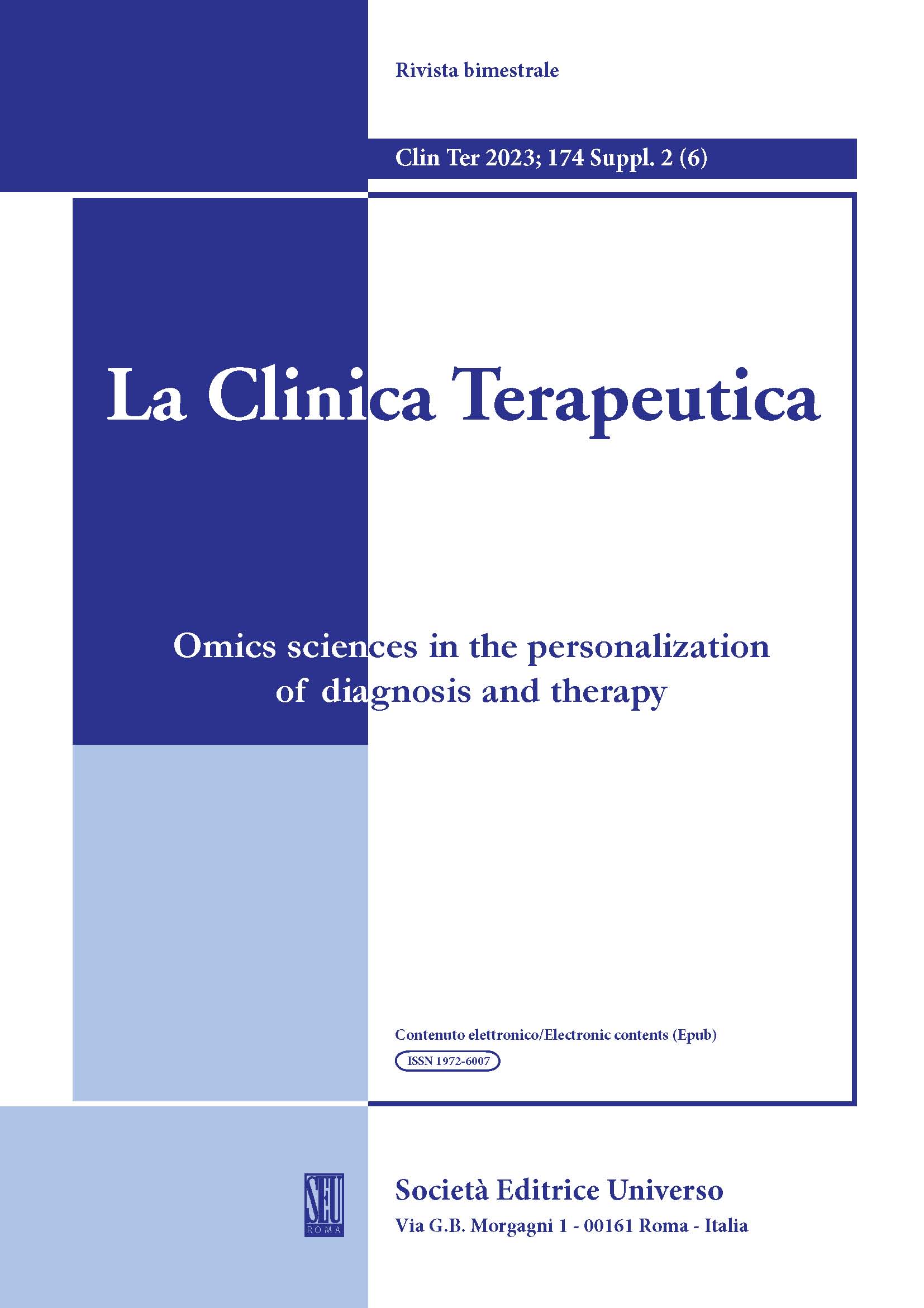Abstract
Thyroid cancer, a heterogeneous disease originating from the thyroid gland, stands as the predominant endocrine malignancy worldwide. Despite advances in diagnosis and treatment, some patients still experience recurrence and mortality, which highlights the need for more personalized approaches to treatment. Omics sciences, encompassing genomics, transcriptomics, proteomics, and metabolomics, offer a high-throughput and impartial methodology for investigating the molecular signatures of thyroid cancer. These techniques enable the identification of molecular markers that can aid in diagnosis, prognosis, and treatment selection. As an illustration, through genomics studies, numerous genetic alterations commonly discovered in thyroid cancer have been identified, such as mutations in the BRAF and RAS genes. Through transcriptomics studies, distinctively expressed genes in thyroid cancer have been uncovered, playing roles in diverse biological processes, including cell proliferation, invasion, and metastasis. These genes can serve as potential targets for novel therapies. Proteomics studies have unveiled differentially expressed proteins intricately involved in thyroid cancer pathogenesis, presenting promising biomarkers for early detection and disease progression monitoring. Metabolomics studies have identified alterations in metabolic pathways linked to thyroid cancer, offering promising avenues for potential therapeutic targets. Precision medicine in thyroid cancer involves the integration of omics sciences with clinical data to develop personalized treatment plans for patients. Employing targeted therapies guided by molecular markers has exhibited promising outcomes in enhancing the prognosis of thyroid cancer patients. Notably, those with advanced thyroid cancer carrying BRAF mutations have displayed substantial responses to specific targeted therapies, such as vemurafenib and dabrafenib.
